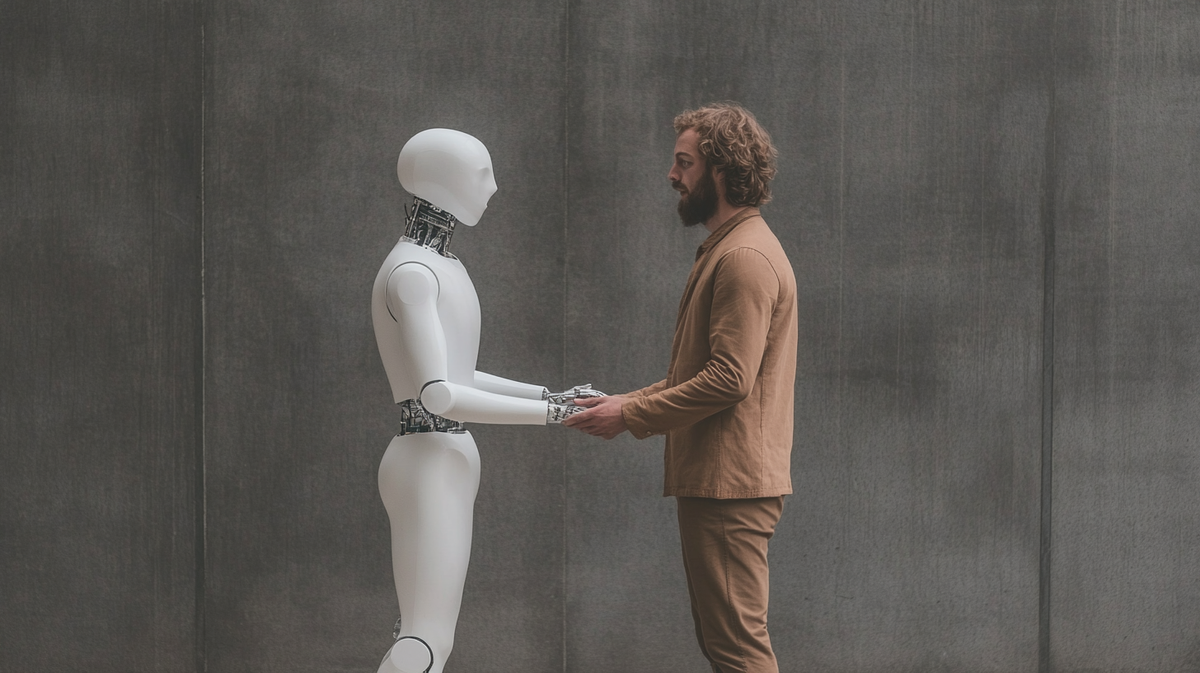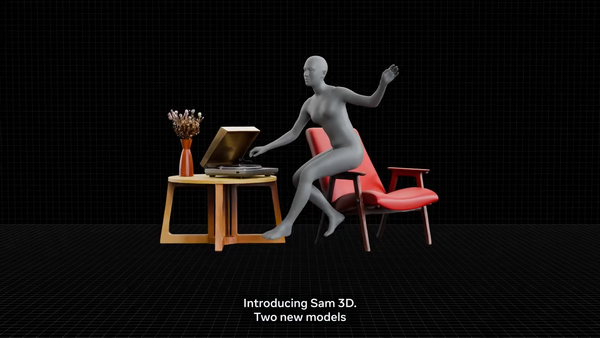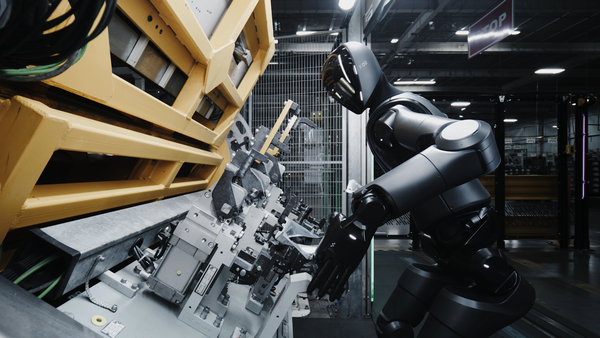Study Shows Robot Gender Presentation and Facial Design Shape Customer Choices

- In a Penn State study, women were more likely to follow recommendations from service robots with male-associated design cues.
- A follow-up experiment found that using rounder, more expressive robot faces reduced differences in how men and women responded.
Researchers at Penn State investigated how visual traits in service robots influence customers' responses to suggestions. In one study with 239 participants, robots were visually coded as male or female using color. Women were more inclined to accept a food recommendation from robots with a male-associated design, while men showed less variation across conditions.
The follow-up study involved 156 university students to see if robot facial design could shift these reactions. By adding faces with round shapes and big eyes to the robots, the researchers saw men and women respond more similarly, suggesting that playful or non-threatening features can dial down the effect of gender presentation.
The researchers suggested that companies might adjust robot design depending on the situation. For example, they might use male-coded features when the goal is to persuade or turn to friendlier, more playful faces to make interactions feel more neutral. These kinds of choices, they said, could help shape how customers respond.
🌀 Tom's Take:
Even though service robots may not closely resemble humans, this research suggests that subtle design choices can shape how people engage with them based on existing social norms. Knowing this, designers must think not only about function but also how form influences perception and interaction.
Source: Penn State News






